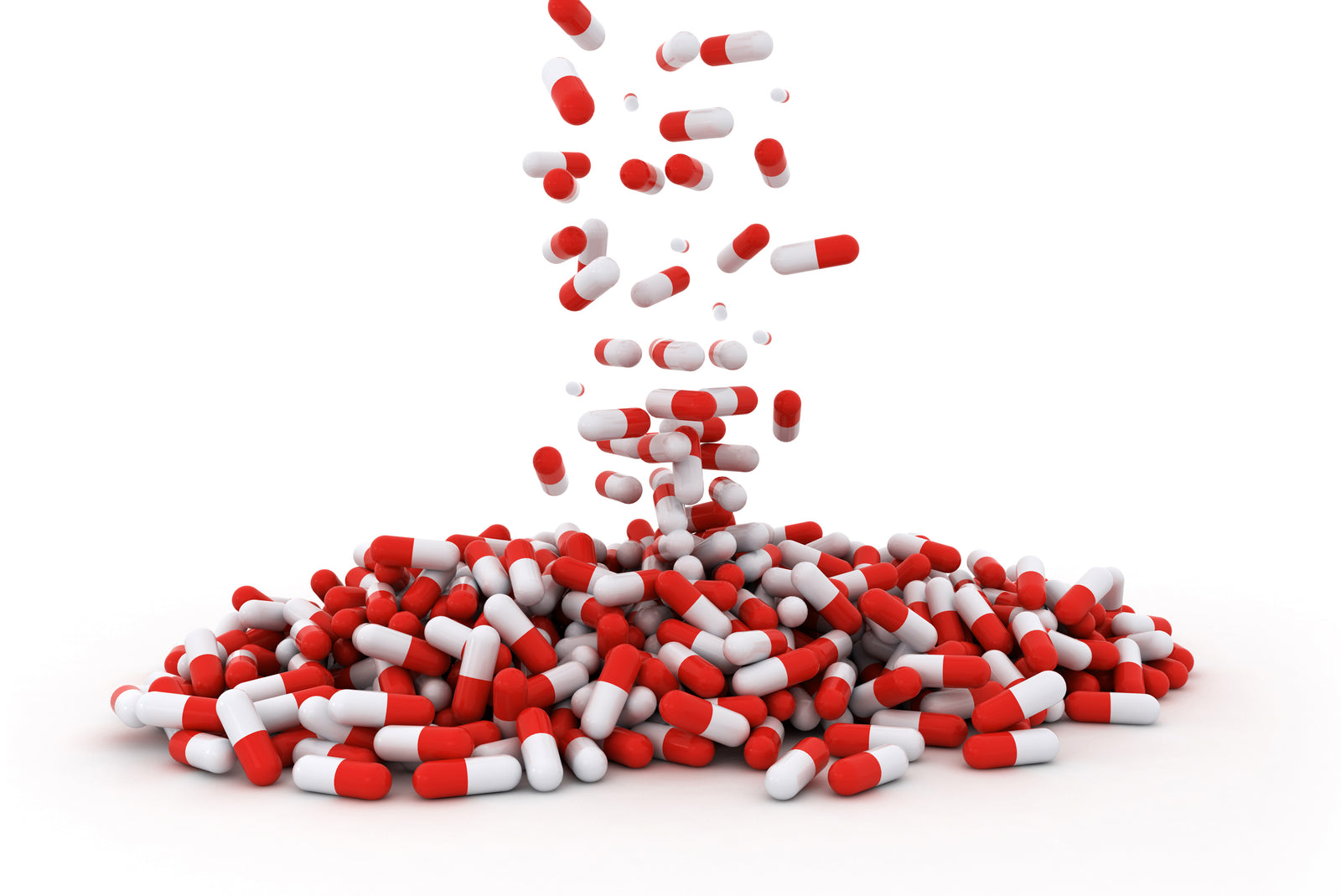Antibiotic Resistance & Acne

Antibiotics have long been over prescribed as a symptomatic treatment for acne. While short term benefits can arise, the overuse of prescription antibiotics has led to a patient population now suffering from antibiotic resistance and gut health disorders. (Adler BL, Kornmehl H, Armstrong AW. Antibiotic Resistance in Acne Treatment. JAMA Dermatol. 2017;153(8):810–811. doi:10.1001/jamadermatol.2017.1297) Antibiotics have traditionally served as a fundamental treatment component for treating acne. Owing to the role that Propionibacterium acnes plays in its pathogenesis. Despite a relatively small workforce in comparison with total physician population, dermatologists disproportionately prescribe antibiotics. This has led to a global issue of antibiotic resistance with increasing prevalence over time. Antibiotics most frequently prescribed for acne are topical erythromycin and clindamycin and oral tetracyclines, which are bacteriostatic (Inhibiting bacterial growth) rather than bactericidal (killing bacteria). Exposure to bacteriostatic agents may encourage the emergence of antibiotic-resistant strains of P acnes. Antibiotics should be reserved for true infections where safer alternative treatment modalities do not exist. Acne continues to be the number one skin related issue in the United States affecting over fifty million people of all ages annually. We now have science speaking to the efficacy of supporting a healthy microbiome both topically and internally. As the prevalence of antibiotic resistance surges in both the topical and internal treatment of acne, new modalities that offer safer, healthier long-term outcomes should be considered.

